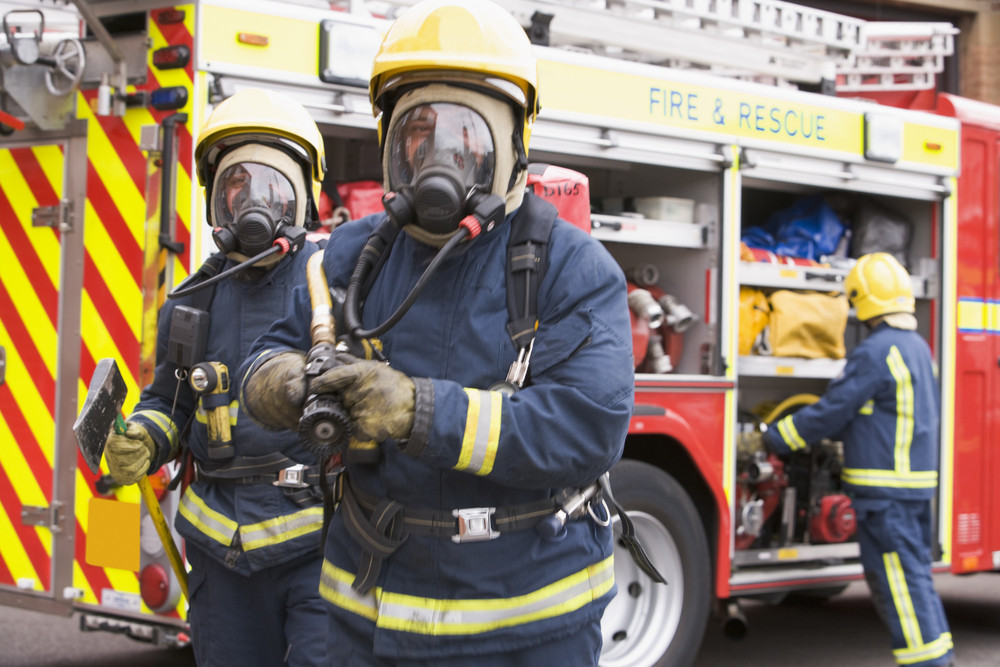

Radon mitigation helps to bring radon levels to your home. While there are ways to lower it yourself, having a radon mitigation company take care of it for you is always recommended. This is especially true if youand#39;re radon testing revealed that your home is past safe levels.
The effects of radon gas are near-encompassing, with about one in 15 U.S. homes estimated to have radon levels at or above the EPA action level.
If youand#39;re planning to just ignore radon since you donand#39;t see any obvious effects, you should think otherwise. Radon is odorless and colorless. Itand#39;s undetectable by human senses. Even if youand#39;ve been inhaling radon for years already, you wonand#39;t notice it.
However, this deadly gas is a silent killer.
Radon is responsible for as many as 20,000 lung cancer deaths each year, as both U.S. Environment Protection Agency (US EPA) and the Surgeon Generaland#39;s Office estimated.
The U.S. government recommends that every home undergoes testing for radon. Radon testing should be done by these radon abatement companies to ensure that theyand#39;re accurate.
Radon Mitigation Process
Itand#39;s impossible to completely eliminate radon. This radioactive gas is a byproduct of decaying uranium, mostly found in soils. However, going through a mitigation process can help reduce its concentration to safer levels.
The U.S. Environmental Protection Agency (EPA) recommends taking action to reduce radon in homes that have a radon level at or above 4 picocuries per liter (pCi/L) of air. This is the goal of every radon mitigation process.
There are different ways to accomplish this, though. The best method will depend on the type of foundation your home has. A technician will first perform some initial diagnostics to understand the best approach for your home.
In a nutshell, the process involves using a fan to pull air from the soil and direct it out past the rooflines. Radon gas dissipates easily when outdoors, turning into harmless lead atoms quickly.
Three Common Types of Mitigation Systems
Here are the three types of mitigation and abatement systems used today:
- Drain tile suction: Pipes installed goes deep inside the drain tile. They direct the gases outside to lower the concentration. Technicians will cover the sump baskets as well.
- Sub-slab suction: Pipes suck the air directly beneath the homeand#39;s foundation and expels it outside, usually above the roofline.
- Sub-membrane: This system is suitable for vents and crawl spaces. Plastic sheets cover the exposed dirt on the floor up to the wall to trap radon gas. A pipe that goes through the sheets, pulling radon gas and dispersing it outside.
Components of Radon Mitigation Systems
Here are the most common components found in every mitigation system:
- Radon fan: This fan is usually installed in the attic or any unconditioned space. It helps suck radon gas through the pipes and releases them outside. It also prevents radon gas from re-entering the house.
- U-tube manometer: A monitoring device that makes sure that the radon fan is working.
- Radon pipe: The suction pipe that pulls and directs radon outside, usually 10 feet above the ground.
- Radon system tag: This tag indicates that a licensed radon technician installed the system.
Radon Mitigation Steps
Every successful mitigation goes through the following steps:
- Your residential radon testing showed radon past safe levels.
- You contact a local company that offers radon mitigation and abatement service.
- A technician checks your home and identifies the best type of mitigation process to use.
- A technician will run another diagnostic to ensure that the specific components fit your home.
- He will seal all cracks and openings in your basement.
- Radon mitigation installation will start.
- After installation, the technician will explain to you how the system works.
- Another round of radon testing will be conducted to ensure that thereand#39;s a decrease in radon level after system installation.
After every installation, you need to make a visual inspection of the system. There must be proper labels on every component. The outer end of the radon pipe must extend 10 feet or more above the ground and the same distance away from windows.
Ensure Radon in Your Home is on Safe Level
Perform radon testing now if you havenand#39;t done so and take the necessary actions if found to be on high levels. Get in touch with your local company for quick radon mitigation. Denver CO and other cities usually have a number of local radon mitigation companies that can help you get rid of this deadly gas.
andnbsp;